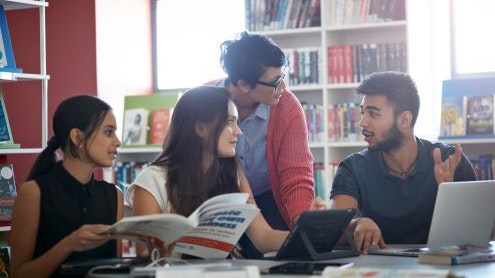Homepage
•
Learning Library
•
Blog
•
This is what personalized learning looks like!
Expand breadcrumbs
Expand breadcrumbs
- Learning Library
- Blog
- This is what personalized learning looks like!
- Homepage
- •
- Learning Library
- •
- Blog
- •
- This is what personalized learning looks like!
This is what personalized learning looks like!
By Dina Brulles
April 8, 2019








